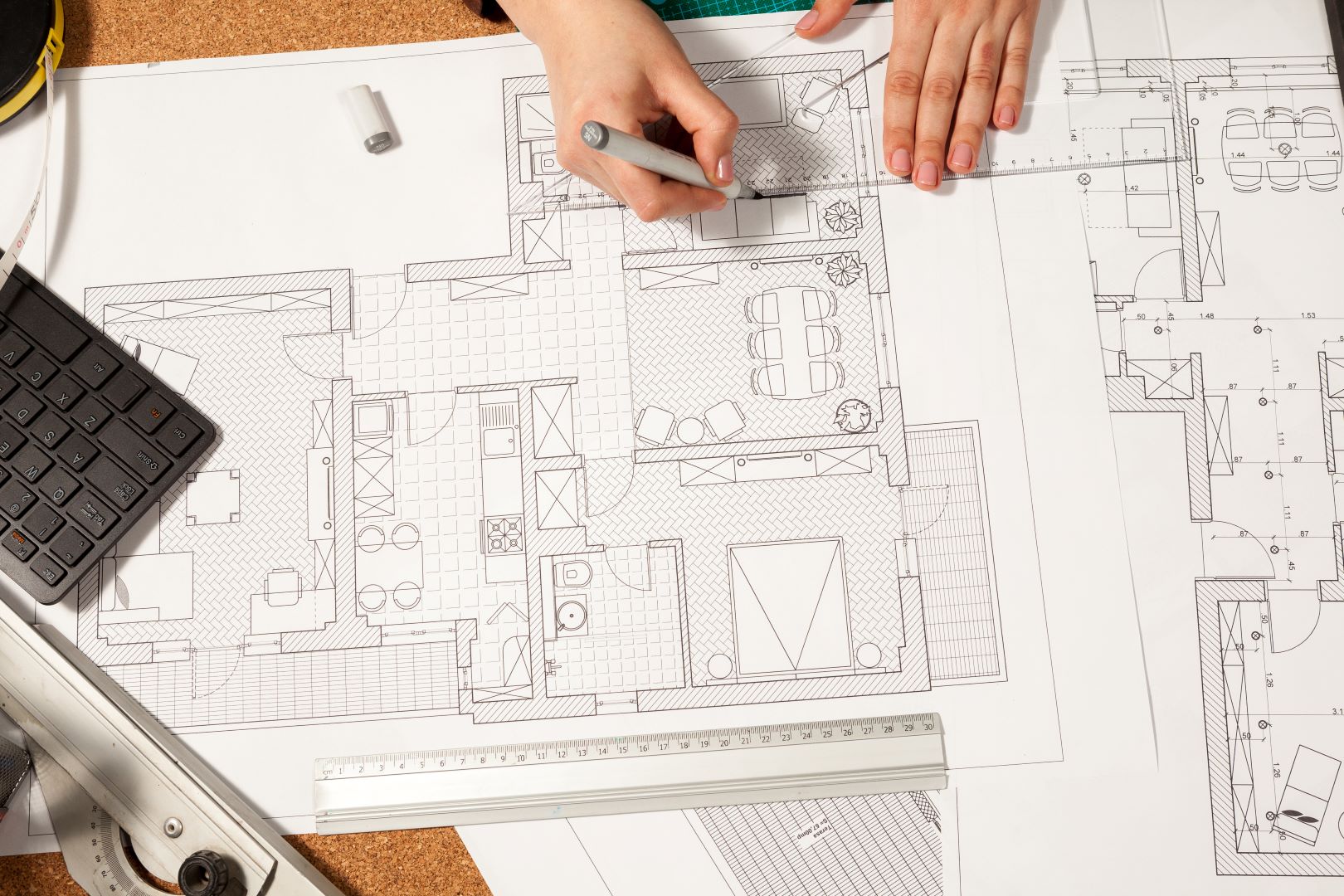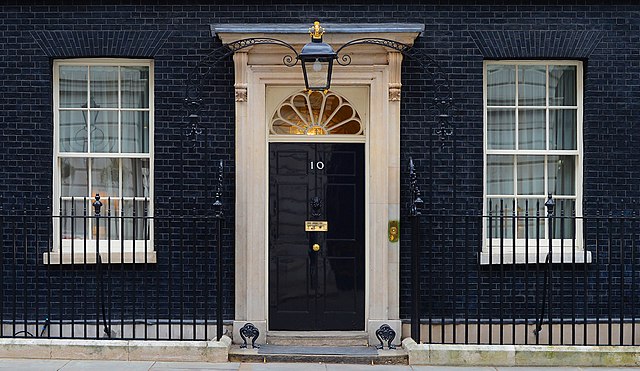The UK government has announced a series of environmental and planning reforms aimed at accelerating housebuilding across England. These changes are designed to cut red tape, reduce delays and unlock stalled developments—particularly as Labour pushes forward with its target of building 1.5 million new homes by 2029.
Environmental permits: A common-sense shift
Water and Flooding Minister Emma Hardy recently unveiled changes to the environmental permitting process. Activities such as site investigations, drainage works and temporary storage of materials—previously subject to lengthy permit approvals—will now be exempt under certain conditions. This could save builders up to 16 weeks in delays and around £360 in permit costs per project.
The reforms aim to balance environmental protection with practical construction needs, allowing low-risk activities to proceed without unnecessary bureaucracy.
Labour’s planning overhaul: Ambition meets reality
Labour’s planning reforms include:
- Reinstating mandatory housing targets for councils
- Reclassifying parts of the green belt as “grey belt” to allow development on low-quality land
- Funding 300 new planning officers and streamlining local planning processes
However, the construction sector has raised concerns. The Home Builders Federation warned that Labour may struggle to meet its target without further support for first-time buyers and a rethink on planned taxes that are making some sites financially unviable. Meanwhile, planning permissions are at a record low, with developers hesitant to submit applications due to market uncertainty and regulatory complexity.
Looking ahead
While the reforms offer promise, the path to 1.5 million homes is far from straightforward. Labour’s plans face challenges from workforce shortages, affordability pressures and local resistance. But with clearer planning rules and streamlined environmental processes, the industry may be better placed to respond to demand and deliver the homes Britain needs.


